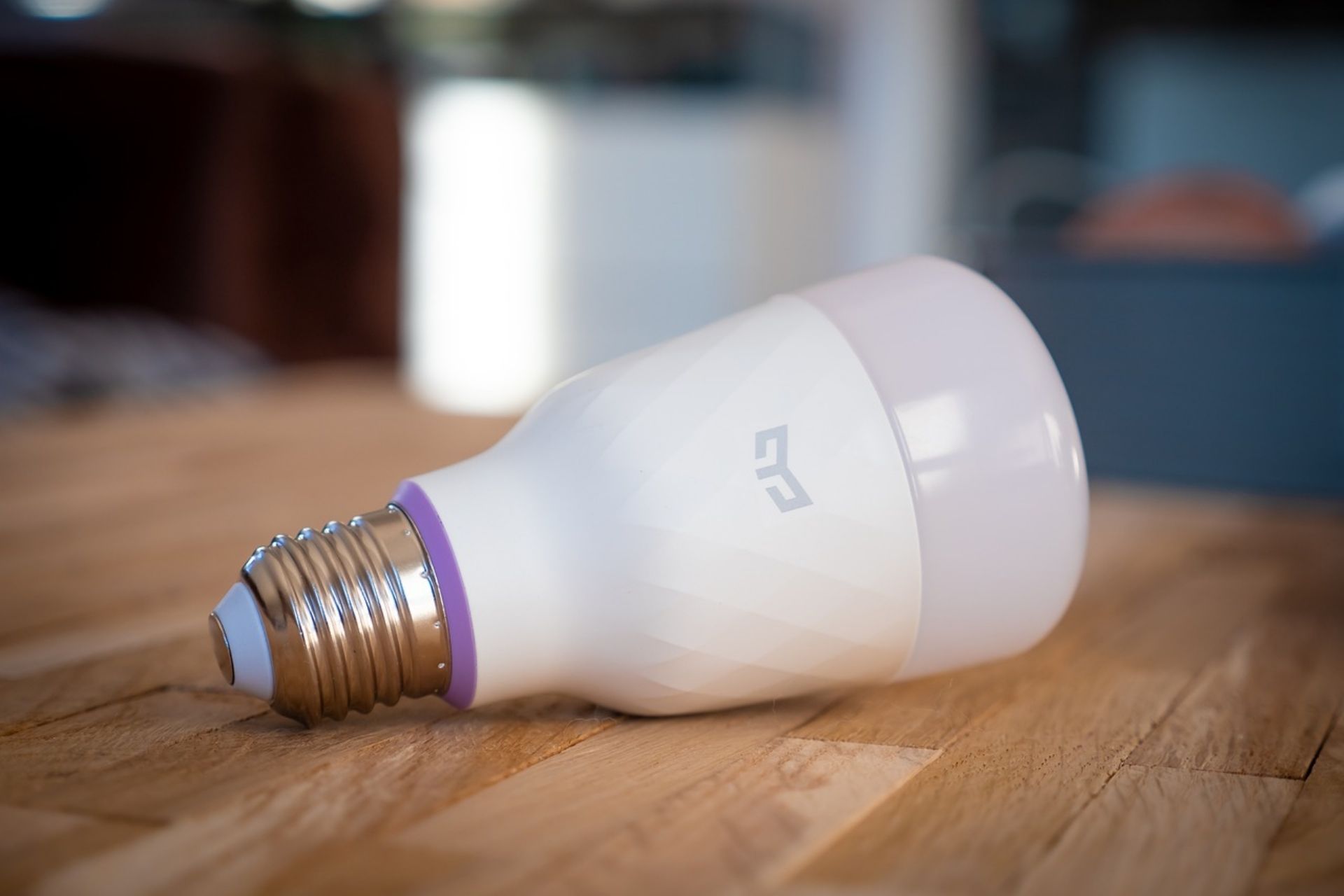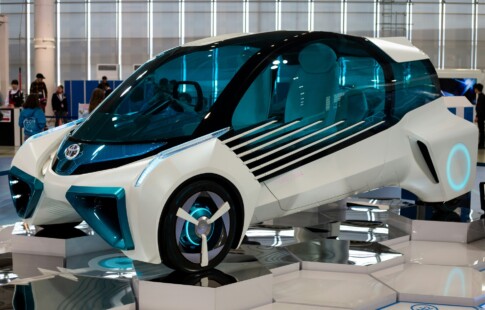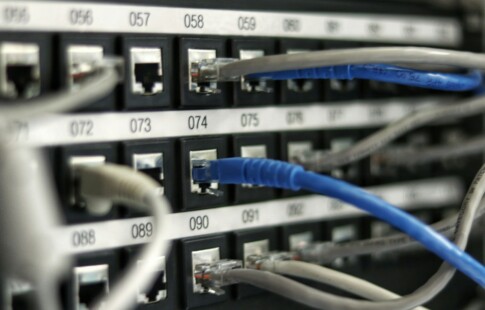
The Top Energy Efficient Appliances
We are reader-supported. When you buy through links on our site, we may earn affiliate commission.
As eco-consciousness grows in America, individuals search for emission-reduction methods, like energy efficient appliances. Technological advancements present promising solutions, reducing environmental degradation. They also minimize residential and commercial utility bills, helping individuals save money and the planet.
President Biden recently established a sustainability-enhancing act, distributing $2 trillion throughout the green infrastructure sector. Environmental engineers and scientists can use the funding to reduce emissions further, creating advanced energy-efficient appliances. Eco-friendly appliances can significantly decrease buildings’ emissions, helping America achieve its carbon-neutrality goal.
What are Energy Efficient Appliances?
Before evaluating the top energy efficient appliances on the market, we must assess their functions. The term “energy efficient” signifies a device or system using less power to accomplish the same task as a competing product. They are also more sustainable than other items, relying on fewer fossil fuels.
Buildings, systems, devices and appliances can be energy efficient. Some eco-conscious regions like California are requiring residents to use sustainable alternatives, improving local ecological conditions. There are various reasons environmentalists created energy efficient products, and evaluating the demand improves one’s understanding.
Why are We Restricting Energy Use?
In America, nearly 80% of the power supply derives from fossil fuels. During combustion, the energy sources release greenhouse gases into the atmosphere, altering its composition. Emissions limit Earth’s ability to produce and regulate life-sufficient surface temperatures,
Naturally, the planet relies on a strategic process, supporting the global ecosystem. It absorbs solar radiation and produces heat, warming the surface. Then, the atmosphere collects excess energy, emitting it to space, reducing overheating.
When greenhouse gases invade the atmosphere, they increase its sunlight-to-heat conversion rate. They also contain extra energy in the environment, re-filtering it through the heat production process. Emissions’ effects on the environment increase Earth’s temperature over time.
The enhanced greenhouse effect creates ecological degradation, adversely impacting humanity and the global ecosystem. Society can minimize negative impacts by reducing its reliance on fossil-fuel-derived energy. Using energy efficient appliances, individuals can improve climate change prevention efforts.
Smart Thermostats
One of the most common modern technologies minimizing individuals’ energy use is smart thermostats. The devices connect to a building’s heating, ventilation and air conditioning (HVAC), autonomously controlling indoor temperatures. Nearly 20% of residential emissions come from heating and cooling functions.
Smart thermostats connect to the internet, accessing weather predictions in real-time. They adjust indoor temperatures, relying on natural ventilation to minimize unnecessary energy pulling. Additionally, the technology uses motion detection sensors, turning off an HVAC system in vacant buildings.
Individuals can significantly reduce their home’s energy use by installing smart thermostats. They can further decrease its electricity reliance, enhancing the energy efficiency of their lighting systems.
LED Light Bulbs
Another popular efficiency-enhancing device is light-emitting diode (LED) bulbs. The lights are Energy Star rated, ensuring their functionality and sustainability. They use nearly 75% less electricity compared to conventional incandescent bulbs.
LED lights also last about 25 times longer, minimizing landfill waste. Homeowners who install eco-friendly bulbs can save money on their energy bills and shrink their carbon footprints. Another key appliance affecting a resident’s emissions is the oven, requiring efficiency enhancements.
Smart Ovens
Many major appliance manufacturers evaluated the sustainability challenges associated with ovens and developed smart alternatives. Smart ovens connect to a building’s electricity supply, monitoring and adjusting its energy consumption. They also use Wi-Fi and Bluetooth connections, helping residents remotely control the device’s functions.
When individuals open an oven door to check the temperature or aesthetic of a meal, they let heat escape. Smart ovens contain excess heat by projecting the food’s temperature and images on the owner’s smartphone. They also allow residents to turn off the oven remotely using an app or voice commands.
The minimal alterations to the conventional oven model save a significant amount of energy. Residents can enhance their homes’ efficiency level and improve their indoor air quality by installing smart ovens.
Energy Star Refrigerators
When residents assess the efficiency of their homes, they should calculate their refrigerator’s energy use. Modern refrigerators use nearly 1,575 kilowatt-hours (kWh) of electricity each year. Manufacturers explored the sustainability limitations of refrigerators and created smart versions.
Smart refrigerators use as little as 296 kWhs of electricity each year, decreasing an individual’s energy bill. When they connect their power-efficient appliances to renewable energy systems, they can practically eliminate their residential emissions.
Solar Panels
Solar panels are the most common residential renewable energy source in America. The technology also offers the most affordable power on the market, helping homeowners save money. They additionally improve atmospheric conservation efforts, minimizing energy-related greenhouse gas emissions.
Making the Transition Towards Sustainable Products
The U.S. government is supporting individuals’ transitions towards energy efficient appliances. Part of Biden’s Build Back Better funding supports sustainable technology purchases, offering tax credits to owners. Individuals can also expect their energy bills to shrink after installing efficient systems and devices, increasing the financial benefits of the transition.
Share on
Like what you read? Join other Environment.co readers!
Get the latest updates on our planet by subscribing to the Environment.co newsletter!
About the author

Jane Marsh
Starting from an early age, Jane Marsh loved all animals and became a budding environmentalist. Now, Jane works as the Editor-in-Chief of Environment.co where she covers topics related to climate policy, renewable energy, the food industry, and more.





